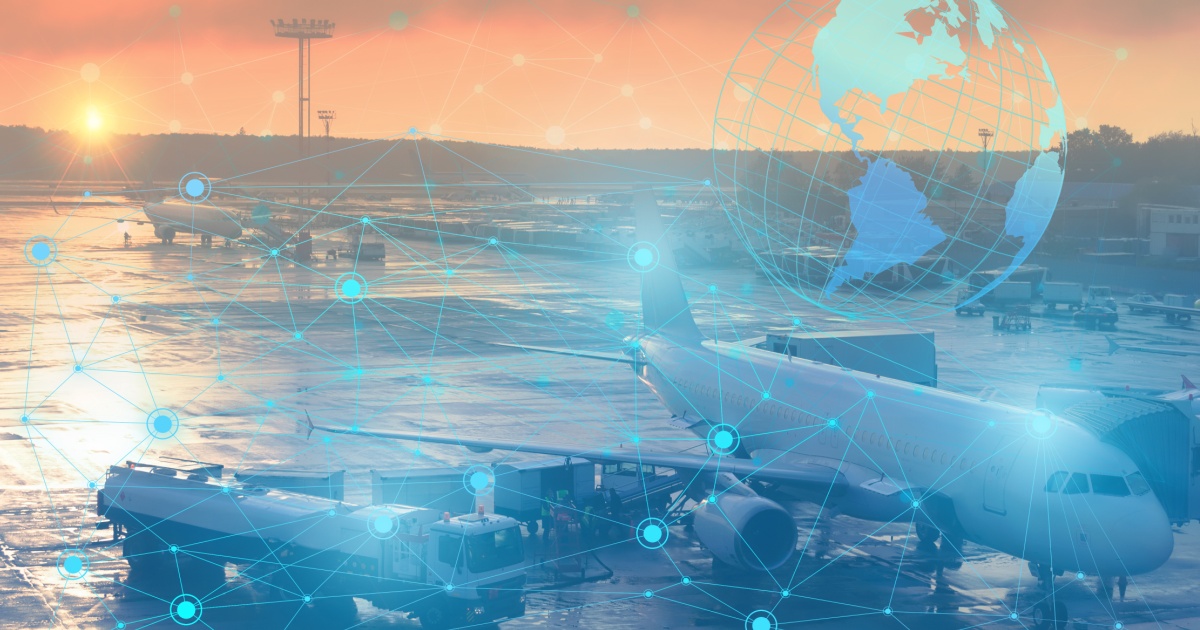
Recently, Acumen Research and Consulting (ARC) published a new report that studied the prevalence of the Internet of Things (IoT) in the global aviation market, which has been at sky-high levels and is projected to continue its ever-upward rise. This, while not a major surprise, is still consequential; IoT sensors and devices (plus new approaches to connectivity and analytics resources) are vital to modern aviation operations, including for maintenance, fleet management, safety processes and much more.
Per ARC’s “Global IoT in Aviation Market Size, Trends and Forecast for 2023-2032” data, the market (which accounted for $6.7 billion in 2022) is expected to hit an enormous market size of $46.1 billion by 2032, representing a CAGR of 21.6%.
The factors driving this? Well, if you’re in touch with most things IoT, you can guess that improved connectivity, real-time data monitoring, operational efficiencies and big cost savings each play a respectively big role. But notably, despite those factors covering a plethora of relevant datapoints, it’s more than that.
So, let’s fly a bit higher here.
The current market offers attractive opportunities for developers in IoT; applications in the realm of aircraft health monitoring, a more connected cabin experience for today’s tech-inclined passengers, smart maintenance and even smart airport ventures are all up there:
- Aircraft Health Monitoring: IoT-enabled sensors and systems monitor the multi-layered health of aircraft components in real time. This allows for more informed and proactive scans, which reduces experience-hindering downtime.
- Connected Cabin Experience: IoT solutions enhance the passenger experience by collecting passenger analytics and providing connected cabin systems, plus personalized services and uninterrupted connectivity during flights. Sure, this is touching on the usual in-flight entertainment, but it also pertains to on-demand wireless connectivity while in the air, enhanced passenger comfort, etc.
- Smart Maintenance Operations: In 2023, no tech-literate industry should have to play a guessing game about when and where maintenance is required. Just waiting for an indication of “something” perhaps being wrong with a system isn’t an acceptable practice when it comes to safe aviation capabilities. So, predictive maintenance is key. Collecting and analyzing data from aircraft sensors enables airlines to preemptively establish maintenance schedules based on components’ conditions, thus taking full advantage of data and also optimizing maintenance costs.
- Smart Airports: No longer exclusive to previous representations of sci-fi settings, IoT solutions are already transforming airports into smoother-flowing spaces for travelers. Said solutions include automated baggage handling, AI-powered alerts and itinerary updates, preboarding flow management, energy conservation tech and updated security systems.
ARC covers even more important data in this report, as well; e.g. forward-thinking IoT solutions regarding reduced fuel consumption, additional personalized service for passengers, 5G and reliable data transmission, and more.
You can find it here.
Edited by
Greg Tavarez





